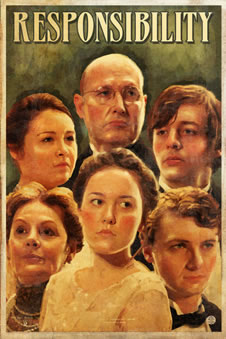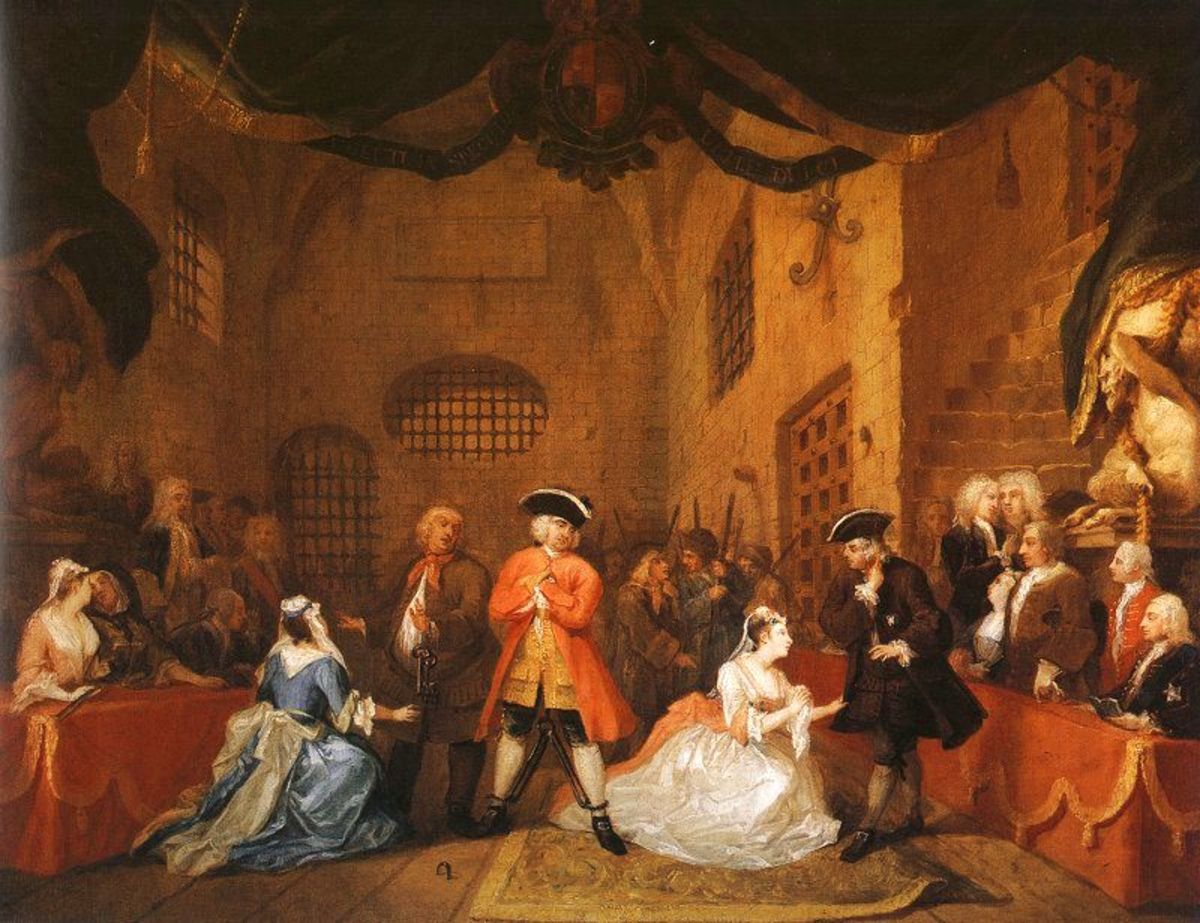IGCSE English Literature - An Inspector Calls - Responsibility Analysis

Introduction
Responsibility is arguably the main theme behind An Inspector Calls. Throughout the play, Priestley explores the effect of class, age and sex on people's attitudes to responsibility, and shows how prejudice can prevent people from acting responsibly.

Main Points
Priestley is seemingly interested in our personal responsibility for our own actions and our collective responsibility to society and to the community, to take care of one another. He also wants to advocate the message of how collectively small acts can evolve into something abhorrent. ‘We are all responsible for each other’
The secondary message could be how Priestley wanted to create a change in society, and make the upper class feel more responsible for the lower, less fortunate working class.
The inspector could be seen as Priestley’s voice, he is the moral leader in the group and he tells the characters: ‘each of you helped to kill her’, showing how we wants to educate and teach the upper class about collective responsibility. It works on the metaphor that we are all bees in a hive, and classes cannot create a separation from responsibilities.
We can clearly see the inspector is the most responsible, for example when offered a glass of whiskey he immediately emphasizes that he is ‘on duty’. This is a clear indicator to the audience that the Inspector knows his social responsibilities, an effective juxtaposition with the Birlings.
The phrase ‘We are members of one body’ is very biblical, and most likely would have been preached by Jesus Christ. He is seen as the moral role for 2 billion people worldwide, and was renowned for having huge amounts of responsibilities. The fact that Priestley made a comparison between those two characters is a clear indicator that Priestley wanted to show the contrast in people with clear responsibilities, such as the inspector, and people who take no pride in following their responsibilities, and show how the different groups can end up, either investigating a murder or causing a murder.
Priestley uses dramatic irony to convey what will happen if ones responsibilities are ignored. This is seen in his final speech, where the audience is warned of the ‘fire and blood and anguish’ that will come their way, of course foreshadowing the two world wars. This is extremely effective as not only did it use a real event so terrible as a war whilst linking it to social responsibilities, the comparison was fresh in the audiences minds, the play being performed just after the end of World War Two. It also featured use of the linguistic technique of polysyndeton, again accentuating the dramatic effect.
Birling has a completely contrasting identity in this play in comparison with the Inspector, and seems to lack social awareness and responsibility, which is conveyed through the use of dramatic irony. In act one, Birling states that the Titanic is ‘absolutely unsinkable’, which of course we know to have happened. His wife also refuses to take any responsibility regarding Eva, stating: ‘I blame the young man who was the father of the child she was going to have’. Again, Priestley has used dramatic irony to portray the message of the hypocrisy of the upper class, this time presenting it through humour.
When the inspector is regarded as a personification of responsibility, one could easily see how Mr Birling could be a symbol of the ignorant, aloof upper class, unaware or superior to the injustice passing underneath them, completely shattering the sense of ‘responsibility’ to the audience.
His final speech is mainly aimed at the characters and the audience, talking of a collective responsibility in society, again regarding that Priestley was a socialist himself: "One Eva Smith has gone - but there are millions and millions and millions of Eva Smiths and John Smiths still left with us’. This uses a polysyndeton and repetition to emphasize the enormity of the problems that can arise when responsibilities are ignored, but at the same time tells the audience there is still hope, a member of the audience can still go home and correct his past sins, and ergo take responsibility for his actions.
Sheila is one of the only characters that accepts her responsibilities in the Birling family. In the last act she says ‘it frightens me the way you talk’, and ‘you’re ready to go on the same old way’, clearly presenting her disbelief at the lack of attention the older generation paid.








